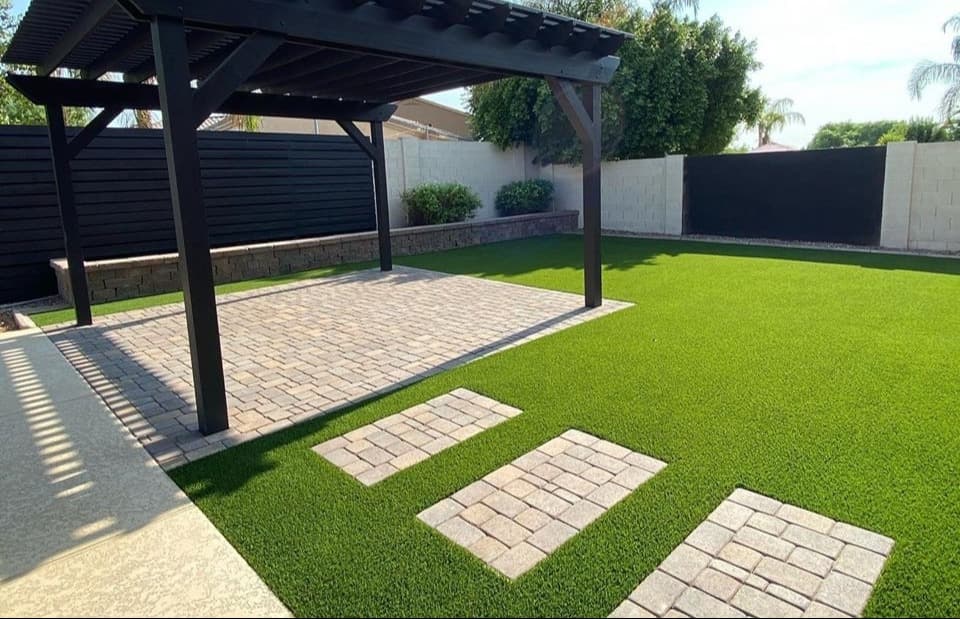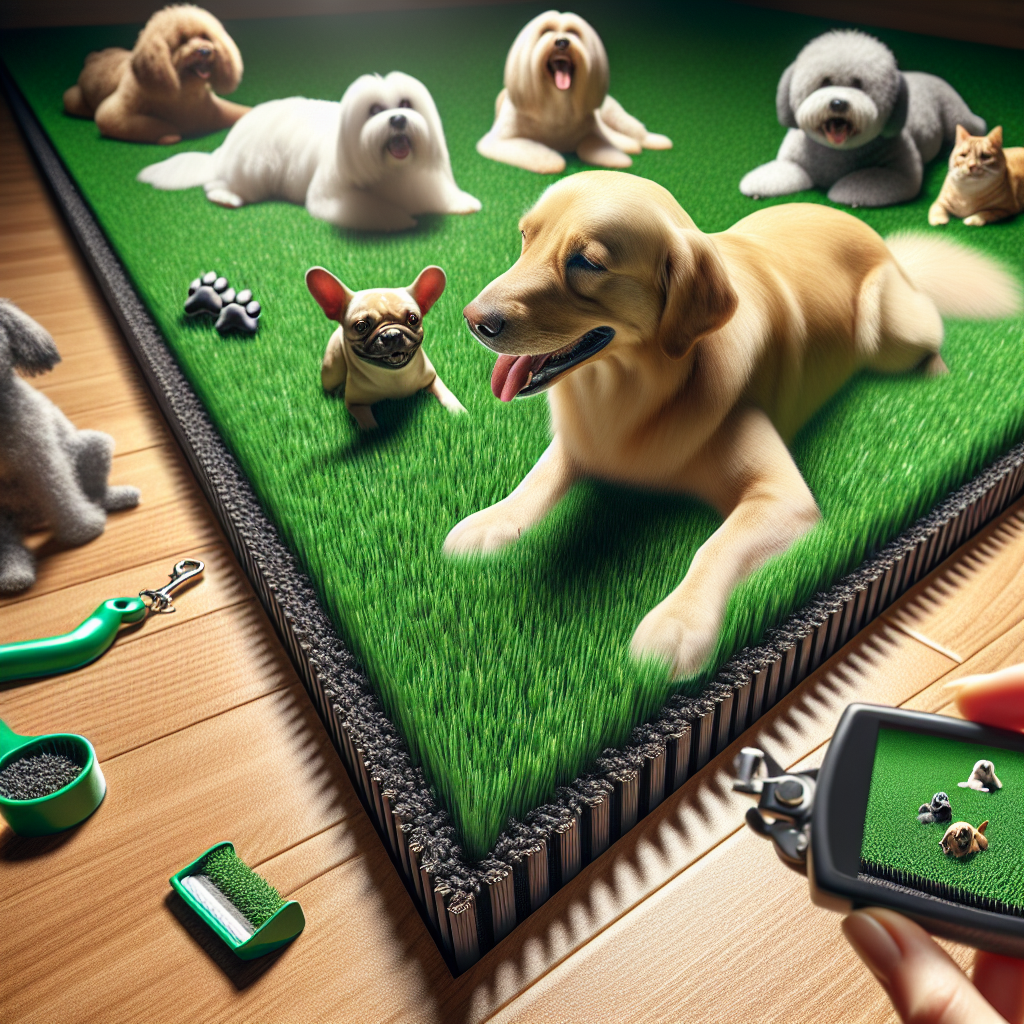
Imagine walking barefoot on a lush, green lawn that requires minimal maintenance and looks perfect year-round. Synthetic grass can make this dream a reality. But before you roll out that carpet of greenery, it’s crucial to understand what to put underneath to ensure it stays beautiful and functional. In this guide, we’ll delve into the secrets of a successful artificial turf installation, exploring the layers that form its foundation.
A well-prepared base is like the backbone of your synthetic grass installation. Without it, even the most expensive turf will fail to deliver its promise of pristine beauty and functionality. But why is the base so important?
Think of it as the foundation of a house. Just as a solid foundation keeps a house stable and secure, a properly prepared base ensures your artificial turf remains level, drains well, and withstands wear and tear. Neglecting this step can lead to issues such as uneven surfaces, poor drainage, and premature wear.
This fabric acts like a protective shield, preventing weeds from invading your synthetic grass while also allowing water to drain through. According to the Wikipedia page on geotextiles, these fabrics are designed to improve soil stability and control erosion.
A layer of crushed rock or gravel provides excellent drainage and a stable surface for your artificial turf. It’s like the sturdy mattress beneath a luxurious bedspread. The experts at Home Depot recommend using materials such as decomposed granite or limestone for this purpose.
Sand acts as a leveling agent, smoothing out any imperfections in the crushed rock layer. It ensures your turf lies flat and looks impeccable, much like the final touches a painter adds to their masterpiece.
Now that we understand what materials to use, let’s walk through the installation process:
Avoiding common pitfalls can save you from future headaches. Here are some mistakes to steer clear of:
The geotextile fabric prevents weed growth while allowing water to drain through, ensuring a long-lasting and low-maintenance lawn.
A layer of about 2-3 inches of crushed rock or gravel is recommended for good drainage and stability.
Yes, with proper preparation and guidance, DIY installation is possible. However, professional installation may ensure better results for larger areas.
Your dream of a picture-perfect, maintenance-free lawn is within reach with synthetic grass. By understanding what to put under synthetic grass and following the right steps, you’re setting yourself up for success. A well-prepared base will not only enhance the appearance of your artificial turf but also extend its lifespan. So, roll up your sleeves and get ready to enjoy a beautiful lawn that stays green all year round!
For more tips on creating the perfect outdoor space, check out this comprehensive guide by EPA.


